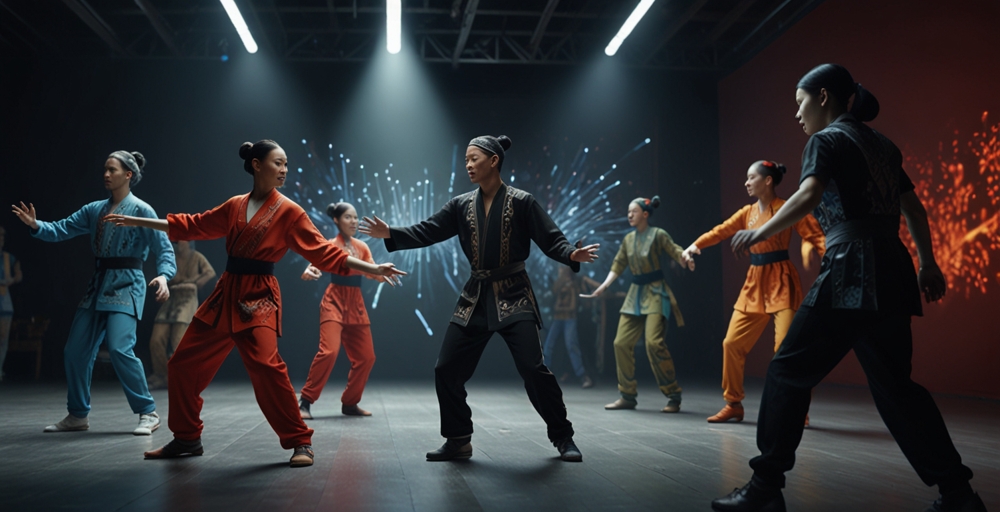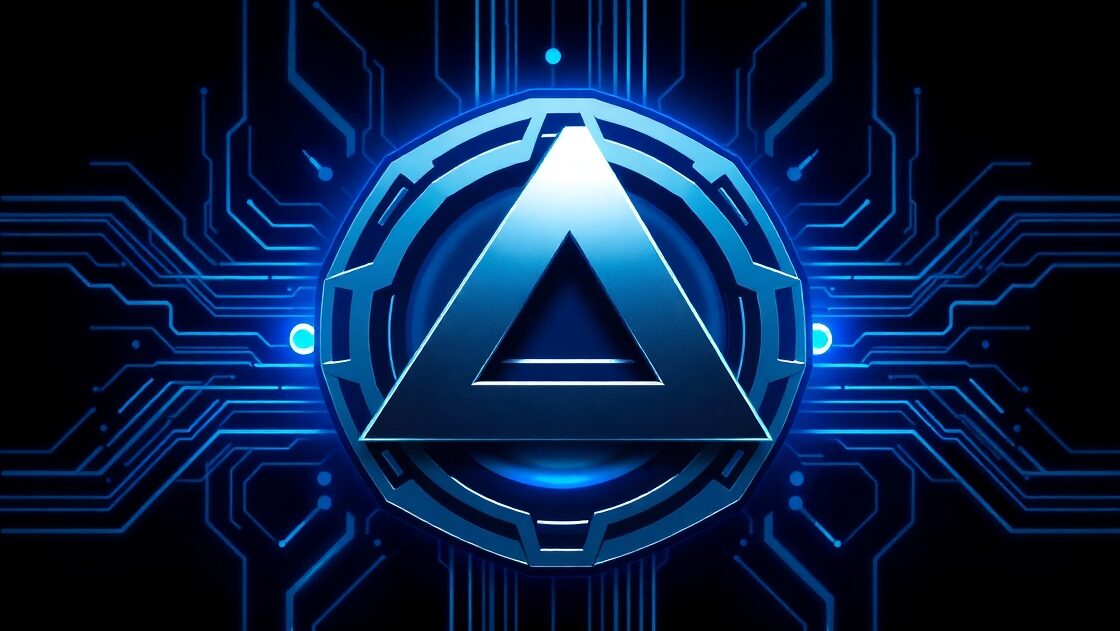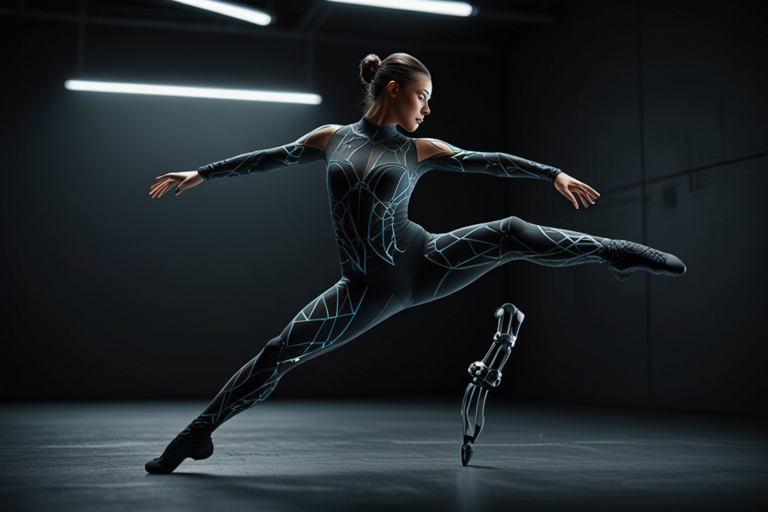Introduction
Motion capture technology, also known as “mocap”, is giving a completely new direction to the world of dance. Performance of dance in from of new film to Virtual Reality (VR), technology has become a valuable and game changer for dancers. Instead of motion capture, dancers have got freedom in their dance, dancers can transform their movements into digital art. From films with new designs to Virtual Reality (VR), this technology has become valuable and a game changer for dancers.

What is Motion Capture in Dance?
Motion capture is a technology in which dancer ‘s performance is digitally record by using sensor and camera and converted into animated or cartoon.This Technology is widely used in many industries i.e dance class, film making, video, cartoon and animation and now it has become more popular in dance industry.
Key Features of Motion Capture Technology:
1. High degree of precision:
Motion capture technology capture every movement of dance closely, even eye gesture and hand movement etc.
2. Flexibility:
With use of technology dancer can perform in their own studio and their video duplicate in virtual space, this is very useful for dancer and choreographer. Moreover, this could enhance their value and demand in the world.
3. Adaptability:
Motion capture technology not only use in the field of dance, also use in many other industries like. Animated Movies, Healthcare industries and gaming.
The impact of “mocap” technology is not only capture the physical motion, it also capture dancer’s emotion, movements and face expression and transform it into digital effect, so people can engage more and more towards the dance performance.
How motion capture enhance creativity in Dance.
Technology provides a platform where dancer can produce new style of dance in the modern world. It allows dancers or choreographer to test their dance in the digital virtual world and make it better and better before presenting in the real world.
1. Digital choreography:
In the past, choreographers used to execute their ideas manually, which required a lot of time, but because of technology, this task has become much easier and more efficient. For example, adoption of software such as DanceForms and ChoreoPro on the market have given choreographers the best opportunity to convert dance movements into virtual models, and with the help of this software, difficult dance performances can be performed more efficiently.
2. Virtual Performance:
With motion capture technology virtual reality and augmented reality, dance performances are taken to virtual platforms. For example, when there is a virtual reality-based performance, the audience can watch and enjoy the dance performance from a 360-degree angle. These performances are not only innovative but are also accessible in every corner of the world.
3. Critical Insight:
The creativity of motion capture technology in the dance industries is never-ending. But, can this technology affect the emotions of those who watching live dance? This is an important question for every dancer and choreographer will have to explore to keep this industry alive.
How Motion Capture is Utilized in Dance.
Motion capture technology is used in different areas of dance, which helps in promoting, preserving and enhancing the dance and the audience also enjoys it a lot.
a) Preserving Cultural Dance Forms:
It is quite difficult to preserve the traditional dances which are the pride of ancient countries. However, with the help of motion capture technology, these traditional dances can be transferred to digital reality. One of the best examples of this is the preservation of cultural dance. With the help of technology, different cultural dances can be digitally archived. This way different cultures can be integrated and can become a treasure for the future generation.
b) Use in Animation and Films:
Motion capture technology is very popular in the film, cartoon and animation industry. Realistic animation is created by recording the movements of the dancer. For example, movies like Insight Out, Happy Feet and Ice Age use technology extensively which provides entertainment to adults as well as children. These animated movies take dance to a new level.

c) Education and Training:
Motion capture technology play a vital role in the training and education of dancer in dance industry. Virtual instructors create tutorials based on technology that use different data to help students improve their dance movements. These tutorials highlight students’ weaknesses and provide tips and suggestions to improve them.
Challenges of Using Motion Capture.
While technology benefits dancers and choreographers, it also faces some challenges that make it a challenge for the dance world.
a) Accessibility for Small Dance Studio:
Motion capture technology is an expensive technology that may not be affordable for small dance studios or individual dancers. The cost of maintaining the equipment is also very high.
b) Loss of Performance Intimacy:
Any technology, be it AI or robot, cannot be replaced by a human being. Similarly, in a dance video made with the help of technology, there is less human emotion which reduces the connection with humans. In a live performance, human expression and gestures are very important which can be difficult to replicate digitally. Therefore, the dancer or choreographer will have to maintain a balance between technology and live performance in order to engage the audience as much as possible.
The Future of Motion Capture in Dance.
Collaboration of Technology with AI and AR will take dance in a new direction. Many opportunities will be created for dancers and choreographers that will transform dance into a global and digital art form.
a) Integration with AI and AR:
The motion capture system, powered by Artificial Intelligence (AI), analyzes the movements of the dancers and gives suggestions to make the dance performance even better. In addition, the combination of augmented reality or motion capture system helps in combining the dance performance with real-time virtual elements. This integration helps in engaging the dance performance and the real audience.
b) Global Collaboration:
Motion capture technology provides dancers and choreographers with the opportunity to gain worldwide recognition. People who want to have a connection to this industry, be it a dancer or a choreographer, can make their performances globally accessible through virtual platforms. This eliminates geographical barriers and helps people from different cultures to gain a better understanding of each other.

Conclusion: The Future of Dance with Motion Capture
Motion capture technology has brought a new twist in the world of dance. It not only creates new opportunities for dancers, technicians and choreographers, it also provides more interest to the dance viewers and the audience enjoys it a lot. As technology is making its mark in the dance industry, it is important to keep in mind that technology should enhance the soul of dance and not replace dance.



